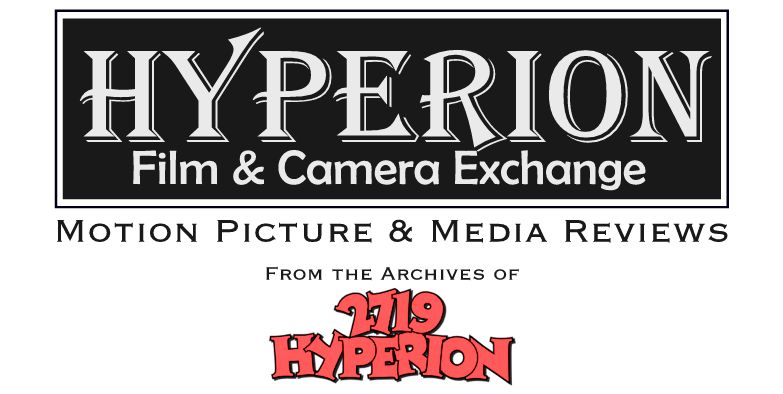 The last fifteen minutes of the 1958 Disneyland episode “Magic Highway U.S.A.” is like an odd holy grail for many fans of both Disney and 1950s futurism. Informally titled “The Road Ahead,” and using limited animation, it demonstrated futuristic transportation concepts to a generation of Americans just being introduced to the Interstate road system.
The last fifteen minutes of the 1958 Disneyland episode “Magic Highway U.S.A.” is like an odd holy grail for many fans of both Disney and 1950s futurism. Informally titled “The Road Ahead,” and using limited animation, it demonstrated futuristic transportation concepts to a generation of Americans just being introduced to the Interstate road system. Rarely seen since its debut, “Magic Highway U.S.A.” was written and produced by Ward Kimball, who was by and large responsible for all of the anthology program’s early Tomorrowland-themed episodes. Its last prime time airing was in 1962. It finally resurfaced in the late 1990s, when it was broadcast a few times on the Disney Channel’s Vault Disney overnight schedule.
Rarely seen since its debut, “Magic Highway U.S.A.” was written and produced by Ward Kimball, who was by and large responsible for all of the anthology program’s early Tomorrowland-themed episodes. Its last prime time airing was in 1962. It finally resurfaced in the late 1990s, when it was broadcast a few times on the Disney Channel’s Vault Disney overnight schedule. The show’s first forty-five minutes are a somewhat dry affair. We are lectured on highway development. Archival footage provided by the University of Michigan shows cars traveling on the unpaved Lincoln Highway circa 1913. And footage provided by the Horseless Carriage Club recreating the efforts of early motorists, while intending to be humorous, just ends up falling flat. It’s all fodder for the fast forward button; it’s that last segment that’s the payoff for the whole show.
The show’s first forty-five minutes are a somewhat dry affair. We are lectured on highway development. Archival footage provided by the University of Michigan shows cars traveling on the unpaved Lincoln Highway circa 1913. And footage provided by the Horseless Carriage Club recreating the efforts of early motorists, while intending to be humorous, just ends up falling flat. It’s all fodder for the fast forward button; it’s that last segment that’s the payoff for the whole show. If anything is a shining example of 1950s futurism, it is certainly these fifteen minutes. Sleek and stylized, its concepts and images portray a fun and exciting vision of future America. And sadly, so much that it predicted still has yet to be realized nearly fifty years later. We have yet to see the likes of multicolored travel lanes, radiant heat to clear rain and snow, radar screen windshields, giant road builders, atomic reactors that tunnel through mountains, and highway escalators, just to name a few of its high concept innovations.
If anything is a shining example of 1950s futurism, it is certainly these fifteen minutes. Sleek and stylized, its concepts and images portray a fun and exciting vision of future America. And sadly, so much that it predicted still has yet to be realized nearly fifty years later. We have yet to see the likes of multicolored travel lanes, radiant heat to clear rain and snow, radar screen windshields, giant road builders, atomic reactors that tunnel through mountains, and highway escalators, just to name a few of its high concept innovations.
“The Road Ahead” gained some degree of notoriety in later years while at the same time remaining still largely unknown in its origin. Visitors to the Horizons attraction at EPCOT Center, up until its closing in 1999, were typically
 intrigued by a few minutes of footage from the segment that looped on a display in the “Looking Back at Tomorrow” portion of the ride. Guests usually saw a vehicle being prepped inthe family motorport, and later heard “. . .on entering the city the family separates; father to his office, mother and son to the shopping center,” as the automated vehicle split in two on the screen. Intrigued riders were often curious about where the footage originated. It was a good match; the film displayed that same forward-thinking idealism that Horizons represented, and that EPCOT Center embodied during its first decade of operation.
intrigued by a few minutes of footage from the segment that looped on a display in the “Looking Back at Tomorrow” portion of the ride. Guests usually saw a vehicle being prepped inthe family motorport, and later heard “. . .on entering the city the family separates; father to his office, mother and son to the shopping center,” as the automated vehicle split in two on the screen. Intrigued riders were often curious about where the footage originated. It was a good match; the film displayed that same forward-thinking idealism that Horizons represented, and that EPCOT Center embodied during its first decade of operation. The film was also a precursor of sorts for many of the ideas illustrated in the presentation Walt Disney made in October of 1966, outlining the company’s plans for Disney World, and specifically his vision of EPCOT. Not unlike "Magic Highway U.S.A.," most of those ideas and concepts also went unrealized.
The film was also a precursor of sorts for many of the ideas illustrated in the presentation Walt Disney made in October of 1966, outlining the company’s plans for Disney World, and specifically his vision of EPCOT. Not unlike "Magic Highway U.S.A.," most of those ideas and concepts also went unrealized.


0 comments:
Post a Comment